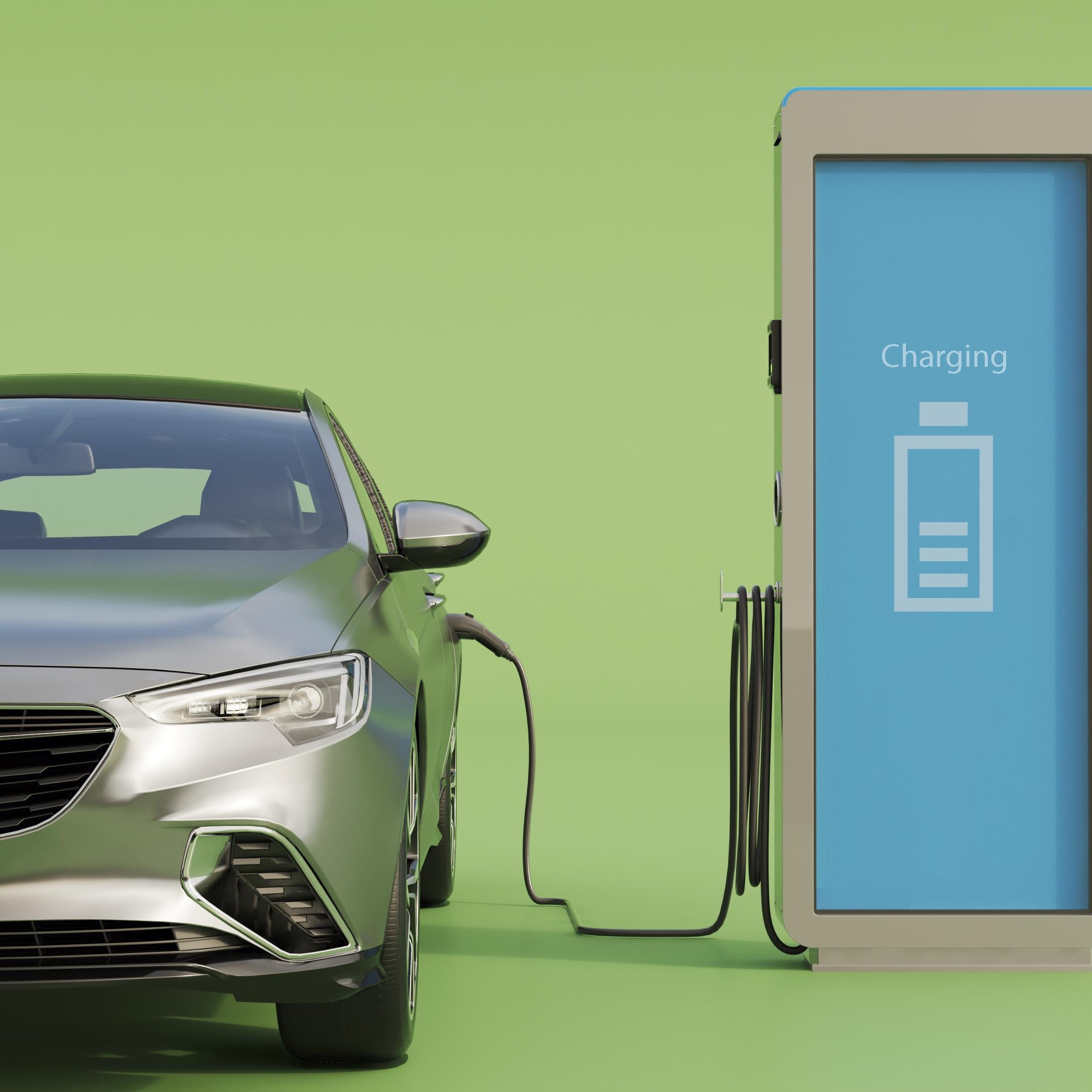
Since the early 2000s, the evolution of electric vehicles (EVs) has been marked by significant technological advancements, leading to increased adoption and notable environmental implications.
A 2025 study by Tata Consultancy Services (TCS) revealed that 64% of consumers are likely to consider an EV for their next purchase, driven by sustainability concerns and lower operational costs. However, 60% of respondents identified charging infrastructure as a significant challenge.
Technological Advancements in EVs Post-2000
Battery Technology Improvements: The heart of EV evolution lies in battery advancements. Transitioning from early nickel-metal hydride batteries to modern lithium-ion variants has resulted in higher energy densities, longer ranges, and reduced costs. Innovations like lithium iron phosphate (LFP) batteries have gained traction due to their enhanced safety and longevity. Notably, the first commercial passenger cars are now utilizing sodium-ion batteries, eliminating the need for critical minerals and promoting sustainability.
Vehicle-to-Grid (V2G) Technology: V2G systems enable EVs to interact bidirectionally with the power grid, allowing vehicles to supply energy back during peak demand periods. This integration aids in grid stabilization and promotes the use of renewable energy sources.
Extended-Range Electric Vehicles (EREVs): To address range anxiety, automakers have introduced EREVs. These vehicles incorporate auxiliary power units, typically gasoline engines, that recharge the battery without directly driving the wheels, thereby extending the vehicle’s range. Companies like Volkswagen’s Scout Motors plan to launch EREV models, aiming to combine the benefits of electric driving with extended range capabilities.
Enhanced Connectivity and Autonomous Features: Modern EVs are equipped with sophisticated software, enabling over-the-air updates, real-time diagnostics, and advanced driver-assistance systems. These features not only enhance user experience but also pave the way for autonomous driving capabilities. However, they necessitate robust cybersecurity measures to protect against potential threats.
Environmental Benefits of EV Adoption
Reduction in Greenhouse Gas Emissions: EVs produce zero tailpipe emissions, leading to improved air quality and contributing to climate change mitigation. For instance, Nepal’s shift towards electric transportation aims to combat severe air pollution in urban areas.
Energy Efficiency: Electric drivetrains are inherently more efficient than internal combustion engines, converting a higher percentage of energy from the grid to power at the wheels.
Integration with Renewable Energy: EVs can be charged using renewable energy sources, further reducing the carbon footprint associated with transportation.
Environmental Challenges and Risks
Battery Production and Disposal: The extraction of materials like lithium, cobalt, and nickel for battery production raises environmental and ethical concerns. Additionally, improper disposal of batteries can lead to hazardous waste issues. Efforts are underway to improve recycling technologies and develop sustainable battery designs to mitigate these impacts.
Energy Source for Electricity Generation: The environmental benefits of EVs are contingent on the cleanliness of the electricity grid. In regions where electricity is primarily generated from fossil fuels, the overall emissions reduction may be less significant.
Infrastructure Development: The expansion of charging infrastructure must be managed sustainably to avoid ecological disruption and ensure accessibility.
Electric Vehicles: Consumer Trends and the Road Ahead
The 2024 Global Automotive Consumer Study by Deloitte highlighted varying global interests in EVs, with Chinese consumers showing a balanced preference between gasoline and electric engines. Factors influencing purchase decisions included price, quality, and performance.
A survey commissioned by Rivian and conducted by Talker Research, in November 2024 indicates that
- 52% of Americans are most concerned about climate change’s impact on their children, more than the economy or global instability. 63% believe their buying choices affect future generations. Many, especially Gen Z and parents, are shifting toward eco-friendly products, but cost and accessibility remain barriers, especially for green transportation options. Despite this, nearly half prioritize environmental impact when choosing vehicles.
Key factors in Electric Vehicle Adoption
Battery Advancements:
- Breakthroughs in solid-state and lithium-iron phosphate (LFP) batteries are reducing charging times and increasing range.
- Battery costs have dropped by 10–15% year-over-year, making EVs more competitive with gasoline vehicles.
Consumer Education Gaps
- Many consumers still lack accurate knowledge about EV charging, maintenance, and long-term savings.
- Misinformation and outdated perceptions are barriers, especially in rural and suburban regions.
Charging Infrastructure Lag:
- Public charging networks are expanding, but rural and low-income areas remain underserved.
- Fast-charging stations are concentrated in urban areas, limiting EV feasibility for long-distance travel.
Environmental Consciousness Increasing:
- Gen Z and Millennial buyers are prioritizing sustainability in vehicle purchases.
- Interest in second-hand EVs is growing, driven by affordability and environmental motivations.
Corporate Fleets Going Electric:
- Major corporations are electrifying their delivery and service fleets as part of net-zero commitments.
- Governments are also shifting public transport and utility vehicles to electric.
Conclusion: Accelerating the EV Transition Globally
Expand Charging Infrastructure:
- Offer public-private partnerships to build fast-charging stations in underserved areas.
- Integrate EV chargers in residential complexes and commercial buildings.
Promote Second-Hand EV Markets:
- Create platforms and certifications for used EVs to build consumer trust.
- Offer incentives for trading in ICE (internal combustion engine) vehicles for used EVs.
Incentivize Battery Recycling & Swapping:
- Support recycling programs to recover rare metals and reduce battery waste.
- Introduce battery-swapping stations to reduce downtime and cost.
Educational Campaigns & Incentives:
- Launch nation-wide awareness campaigns on EV benefits, myths, and maintenance.
- Provide tax credits not only for EV purchases but also for installation of home chargers.
Standardization & Tech Support:
- Standardize charging connectors and payment systems across networks for convenience.
- Invest in mobile EV service units and remote diagnostics to ease maintenance issues.
Affordable EV Financing:
- Collaborate with banks and fintech companies to provide low-interest loans and subscription models.
- Introduce government-backed lease-to-own models for EVs targeting middle-income buyers.
Source
- https://www2.deloitte.com/us/en/pages/consumer-business/articles/global-automotive-consumer-study.html?id=us:2el:3dp:wsjspon:awa:WSJCMO:2024:WSJFY24
- https://nypost.com/2024/11/14/lifestyle/climate-change-is-americans-biggest-concern-for-their-children-not-the-economy-new-survey-reveals/
- https://www.automotiveworld.com/news-releases/2025-to-be-the-year-of-electric-vehicles-64-of-consumers-likely-to-choose-ev-as-their-next-vehicle-reveals-tcs-global-study/


